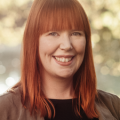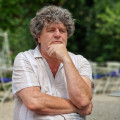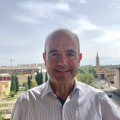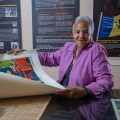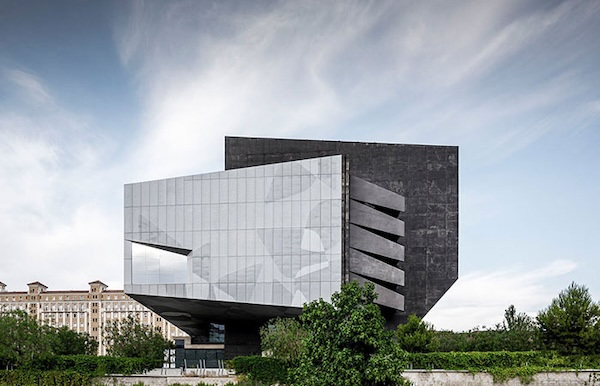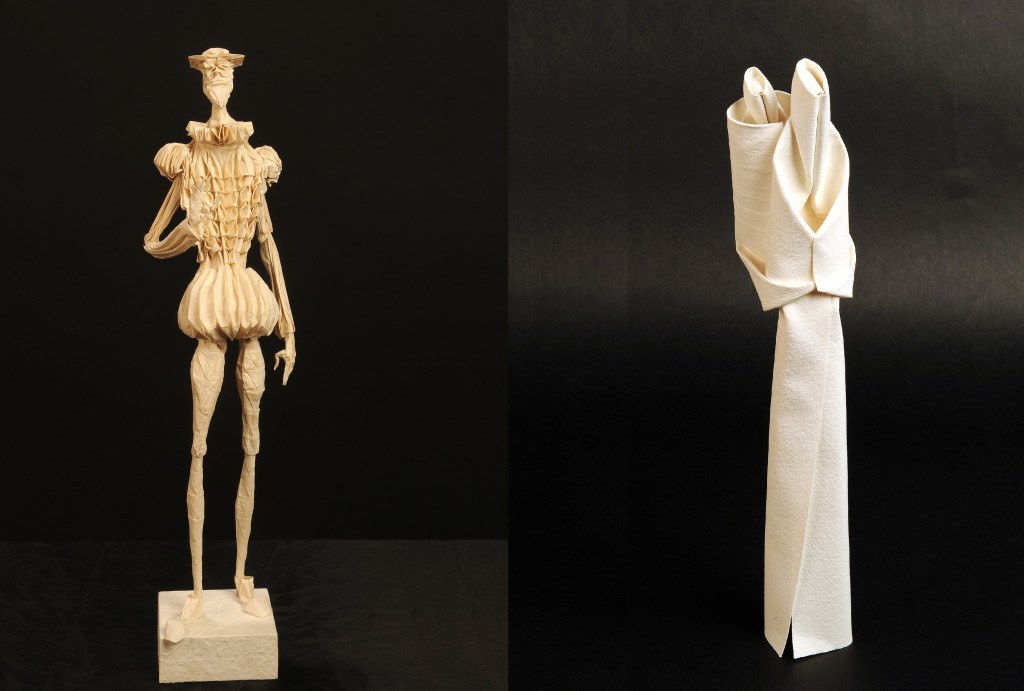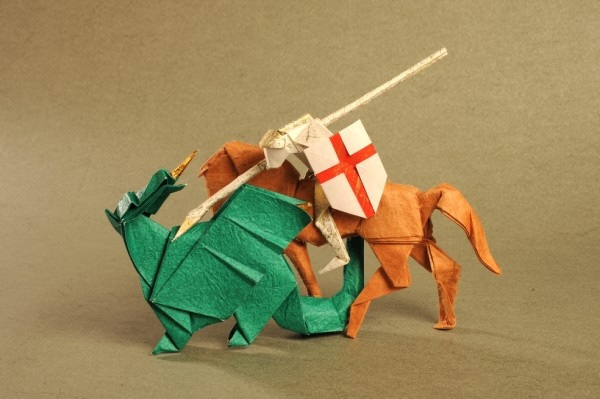All in-person participants are invited to choose one of four options for the following approximate schedule:
Case Study (Morning Session) - 11:30AM - 13:30PM
Case Study (Afternoon Session) - 17:00PM - 18:30PM
Option 1. Escuela Museo Origami Zaragoza
Escuela Museo de Origami Zaragoza (EMOZ), Pl. de San Agustín, 2, Casco Antiguo, 50002 Zaragoza
(approximately 11 minutes walk from conference venue)
The Escuela Museo Origami Zaragoza (EMOZ) is Europe's first museum dedicated exclusively to the art of origami. Established in December 2013, it is located on the second floor of the Centro de Historias in Zaragoza, Spain. EMOZ showcases a permanent collection of over 2,500 origami pieces, including works by renowned artists such as Akira Yoshizawa, Yoshihide Momotani, Eric Joisel, and Vicent Floderer. The museum also hosts temporary exhibitions every three months, featuring creations from local, national, and international artists. EMOZ serves as a significant cultural institution, preserving and advancing the art of paper folding, and is a must-visit for art enthusiasts.
Option 2. Caixa Forum
CaixaForum Zaragoza, Av. de José Anselmo Clavé, 4, Delicias, 50004 Zaragoza
(approximately 24 minutes walk from conference venue)
CaixaForum Zaragoza is a contemporary cultural centre managed by the "la Caixa" Foundation, located in the heart of Zaragoza, Spain. It serves as a dynamic hub for art, science, and social dialogue, offering a diverse programme of temporary exhibitions, workshops, concerts, and educational activities designed for audiences of all ages. Designed by renowned Catalan architect Carme Pinós, the building is celebrated for its striking, tree-like structure. Its design features two large, cantilevered volumes supported by robust concrete and steel columns, creating a sense of levitation. The façade is clad in perforated aluminium panels with organic motifs, which are illuminated by blue LEDs at night, giving the building a distinctive presence in the cityscape.
Option 3. Museo Pablo Serrano (Self-guided)
Paseo María Agustín, 20, 50004, Zaragoza
(approximately 18 minutes walk from conference venue)
The Museo Pablo Serrano – Instituto Aragonés de Arte y Cultura Contemporáneos (IAACC) in Zaragoza is a public cultural institution devoted to modern and contemporary art, anchored by an extensive collection of over 1,500 works by the Aragonese sculptor Pablo Serrano, including sculptures, paintings, drawings, engravings, and collages. The museum, housed in a restored early‑20th‑century industrial building formerly used as the Pignatelli workshops, was inaugurated in 1994 and expanded in the late 2000s to triple its exhibition space. Alongside Serrano’s oeuvre, it showcases significant works by his wife Juana Francés, a graphic art collection (Colección Escolano), and the celebrated Circa XX collection—from Picasso and Miró to Warhol and Tàpies—offered within modern, flexible galleries blending industrial architecture with contemporary design.
Option 4. To be confirmed
